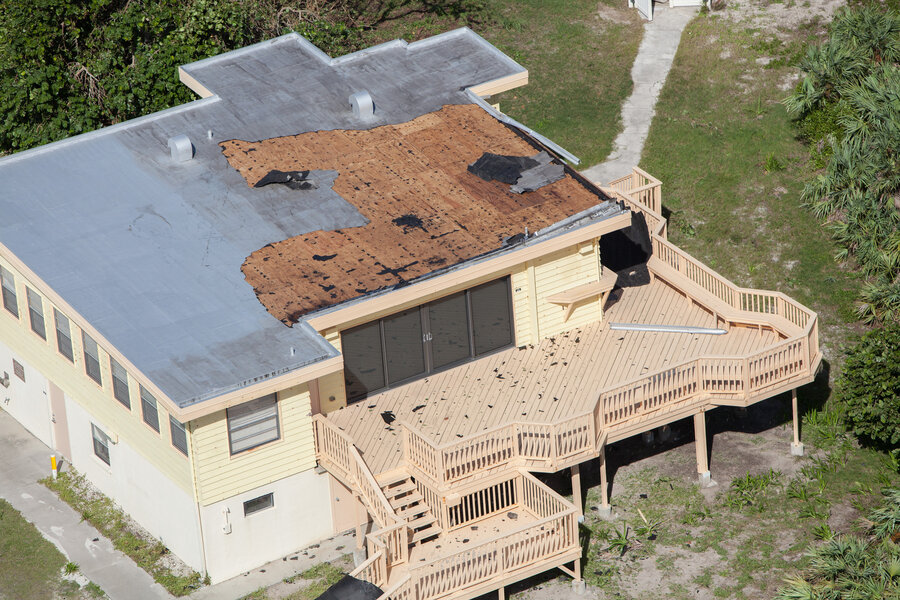Hurricane Matthew damages historic NASA artifacts
Loading...
Some equipment that survived the voyage to space and reentry couldn't survive hurricane Matthew.
NASA facilities and artifacts were severely damaged last week as the storm charged along Florida’s Space Coast, said officials from NASA’s Kennedy Space Center in a statement.
“After the initial inspection flight Saturday morning, it was determined that the center received some isolated roof damage, damaged support buildings, a few downed power lines, and limited water intrusion,” said the officials. “Since safety is our utmost concern, teams of inspectors are going from building-to-building assessing damage.”
The hurricane also dealt some exterior damage to SpaceX facilities at Cape Canaveral, though launchpad 39A, which the company leases from NASA, was unharmed.
When Matthew made landfall in Florida, it brought heavy rain and 100-mile-per-hour gusts with it. Flash flooding followed, and four deaths related to the storm have been reported in the state. But Florida’s storied history in space travel was also rocked by the storm, as NASA facilities at the Kennedy Space Center and Cape Canaveral Air Force Station lay in the hurricane's path.
Though NASA’s Vehicle Assembly Building (VAB) appears unscathed, aerial surveys show that a number of support buildings and artifacts were damaged by the storm. An orbiter access arm, which astronauts use to board spacecraft on launchpad 39A, was blown onto its side, and a Navaho cruise missile was toppled from its display at the entrance of Cape Canaveral Air Force Station.
"A large space shuttle artifact," located adjacent to the VAB, was knocked over by powerful winds, collectSPACE reports.
The storm also damaged the "Astronaut Beach House," a two-story dwelling built by NASA in 1962 to house astronauts before launch.
This has been a tumultuous year for space travel historians and artifact collectors. In February, Neil Armstrong’s widow discovered a secret stash of moon landing mementos in her home. The pioneering astronaut's storage bag and contents, including tools, lunar module parts, and a 16mm data acquisition camera, are now on loan to the Smithsonian’s National Air and Space Museum in Washington, DC.
In August, federal prosecutors sought to retrieve another priceless artifact from the Apollo landings: a white sample bag used to collect lunar rock. The bag, which had been confiscated in a criminal investigation against Kansas Cosmosphere founder Max Ary, was mistakenly sold for $995 at a government auction in 2015.









